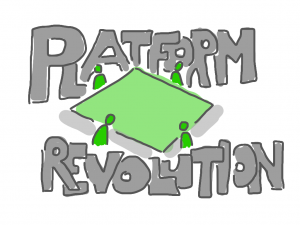 von unserem Gastblogger Dr. Peter Veil.
von unserem Gastblogger Dr. Peter Veil.
In my last two Blogs I worte about the definition and the main characteristics of MPS’s…
What are the main levers of design?
- How many parties should participate? More sides lead to potentially larger cross-side network effects (as with Windows), larger scale and potentially diversified sources of revenues (as with LinkedIn). Two main advantages come with fewer sides. First, it may not be economically attractive for all sides to exist independently. Second, even if attracting many sides is possible, doing so carries the risk of creating too much complexity and even conflicts of interest between the multiple sides and the MSP.
- How to do the pricing? As MSPs serve different types of customers, they have different revenues and profit sources. In reality, however, most MSPs function the way that they provide their services for free or at subsidized prices to at least one side of the platform and derive their profits on the other side.
- What are the governance rules or in other words how is the balance between open and closed? Governance rules should be place where market mechanisms do not function properly. The main categories are access and interactions.
Due to the described characteristics of a MSP it is essential to analyze and act from a fundamental standpoint of systems thinking (have a look at Peter Senge, 1990) and to always have a dynamic and not a static perspective.
Again easy to say to often difficult to implement in a still quite heroic and rather linear management world :-)







Leave A Comment